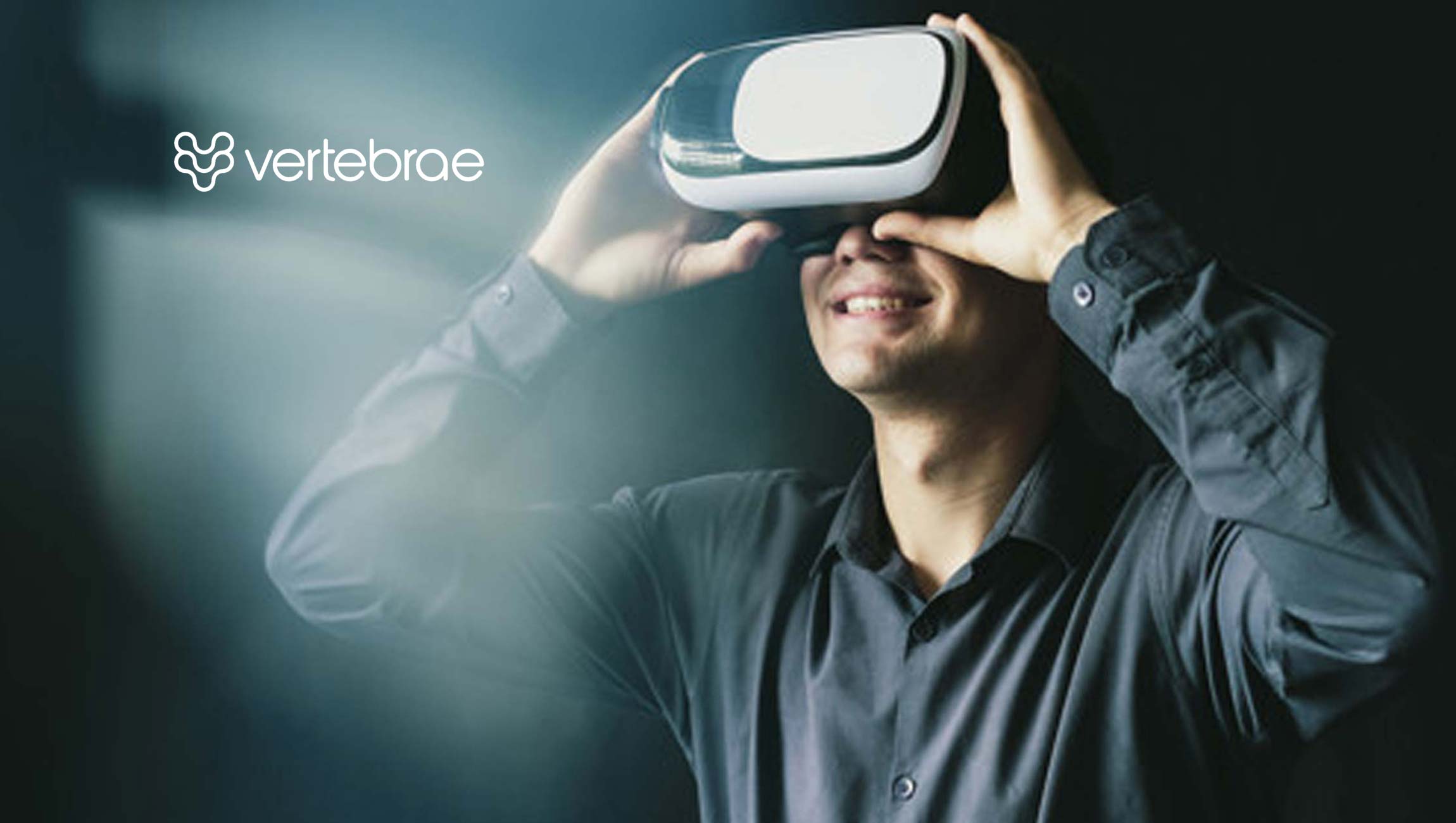Vertebrae, the technology leader in web-based 3D & augmented reality (AR) solutions for retail, announced findings from a major consumer survey that looks at shopping behaviors during the ongoing pandemic as retailers prepare for the all-important holiday season.
The survey found that even as retail outlets reopen across the country, close to 1 in 2 shoppers (48%) still do not believe it’s safe to shop in stores. And nearly 4 in 10 (38%) won’t try on apparel or accessories or test makeup in the store — and that percentage is even higher for younger shoppers, with 40% saying they’ll avoid in-store try-on.
Marketing Technology News: WPP Acquires Velvet Consulting
Yet as consumers flock online during COVID, the inability to physically experience products before purchase remains a significant challenge. Key findings from the survey of more than 1,100 American consumers include:
Shoppers Flock Online – But Face Challenges
Given ongoing hesitation over visiting stores, it’s not surprising that consumers are going online frequently to meet their shopping needs. Yet consumers still reported significant problems with shopping online.
- One in three respondents reported shopping online at least daily (34%) and one in five respondents (19%) said they shop the Web multiple times per day.
- The top three challenges with online shopping all relate to not being able to physically experience a product: Nearly 6 in 10 (59%) respondents say they are concerned about whether items will fit; 58% say they miss not being able to touch or feel products, and 56% say they didn’t know whether the item that’s delivered will look the same as advertised online.
AR Experiences On the Rise
As the pandemic continues to drive shoppers online, the use of immersive shopping tools are on the rise and top the list of e-commerce features that shoppers want to see.
- The majority of respondents say they’re familiar with AR (72%), and close to 4 in 10 (39%) have experienced augmented reality (AR) while shopping — nearly twice as many as in 2018.
- When asked specifically what AR experiences they’d like to see more of, more than half of respondents (54%) said they want to use augmented reality (AR) to see items in their real-life environments.
- Nearly 4 in 10 (37%) respondents said they would like to use AR to virtually try on makeup or new looks — a 48% increase since 2018.
- The ability to virtually place items in real-life environments (57%), virtually try on products (39%) and flip or spin digital renderings of items to inspect details (63%) all ranked higher than popular features like user-generated ratings and reviews (31%) or personalized recommendations (15%).
Marketing Technology News: Viral Nation Announces Launch of Influsoft, The Industry’s First Cross-Platform Influencer Marketing Campaign Solution
AR Boosts Confidence & Sales
Consumers who have tried AR shopping experiences report positive outcomes.
- Among those who’ve used AR to shop, 76% said the experience increased purchase confidence.
- Nearly 7 in 10 (68%) respondents who’ve used AR to shop said they are likely or very likely to purchase from retailers who offer web-based AR shopping experiences.
- Survey participants said the top ways AR improves the shopping experience are by allowing a ‘try-before-you-buy’ digital experience (48%) and being more informed about the product(s) in consideration (40%).
“With the pandemic continuing to impact shopping behaviors, it’s clear that consumers are hungry for online experiences that help accurately gauge how items will look in real-life context,” said Vertebrae CEO Vince Cacace. “The ability to virtually try on accessories like sunglasses or hats is reassuring to shoppers who don’t want to risk store visits — and who don’t want to deal with the hassle and expense of returning items ordered online that fail to meet their needs.”
Consumers Want AR for Shopping – and They Want It Everywhere
Entertainment-related AR uses ranked lower than eCommerce uses, but demonstrate that consumers want to try AR in a variety of settings, and through a wide array of touchpoints.
- 27% of respondents said they wanted AR to help improve their appearance online, while a quarter (26%) said they wanted to try an AR game.
- When asked to indicate all the different ways they wanted to access AR, 4 in 10 (40%) said they wanted to experience AR through social media; 1 in 5 (21%) say they want to use Google to access AR in search results, and 6% said they wanted AR experiences via ads on a mobile device.
“Consumers recognize the utility of AR, and want to see it deployed everywhere they shop to make more confident and informed purchase decisions,” said Cacace. “With the number of retailers and brands that have gone headfirst into 3D and AR through the pandemic, the upcoming holiday season will illuminate a stark contrast between those who are reaping the rewards of that investment and those who haven’t focused on enhanced product visualization.”
AR Shoppers are Highly Coveted
Consumers who have used AR to shop are younger and wealthier than average, and also tend to shop online heavily.
- More than half of AR shoppers (54%) are under the age of 30 — 13% higher than the overall survey demographic.
- Nearly half of those (49%) who’ve used AR to shop go online to browse and buy at least daily, 45% higher than average.
- More than a third of those using AR to shop (34%) report household incomes of $75,000+ annually, with nearly 1 in 5 (19%) reporting household incomes of $100,000+ annually.
Marketing Technology News: US Consumers to Spend 1B Hours Shopping on Mobile This Holiday Season











